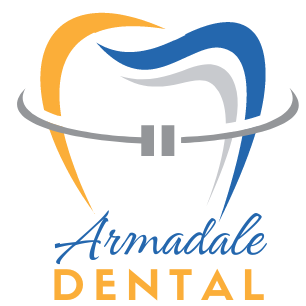The “Sinus Lift” is a specialized dental procedure designed to increase the bone height in the upper jaw’s posterior region, particularly in cases where insufficient bone is present for dental implant placement. This surgical technique is crucial for individuals who have experienced bone loss due to factors like tooth extraction, periodontal disease, or natural bone density limitations.
Here’s how this service procedure works:
- Assessment: The first step involves a thorough examination, which may include dental X-rays or CT scans, to evaluate the bone structure and sinus anatomy in the affected area.
- Anesthesia: Local anesthesia is administered to ensure the patient’s comfort during the procedure.
- Incision: A small incision is made in the gum tissue at the treatment site, providing access to the underlying bone.
- Lift: The dentist or oral surgeon then gently lifts the sinus membrane away from the bone, creating a small space.
- Bone Grafting: This is where bone graft material, often derived from the patient’s own body or synthetic sources, is placed in the created space. This graft material stimulates new bone growth over time.
- Suture: The incision is closed with sutures, and the healing process begins.
- Recovery: Patients are closely monitored during the healing period, which may take several months as the graft material integrates and the bone height increases.
- Implant Placement: Once sufficient bone height is achieved, dental implants can be securely placed in the augmented area.

What are the potential risks or complications associated with a sinus lift procedure?
While sinus lift procedures are generally safe, potential risks and complications can include infection, sinus membrane tears, graft failure, and post-operative discomfort. It’s essential for patients to follow post-operative instructions and consult with their oral surgeon to minimize these risks and ensure a successful outcome.
